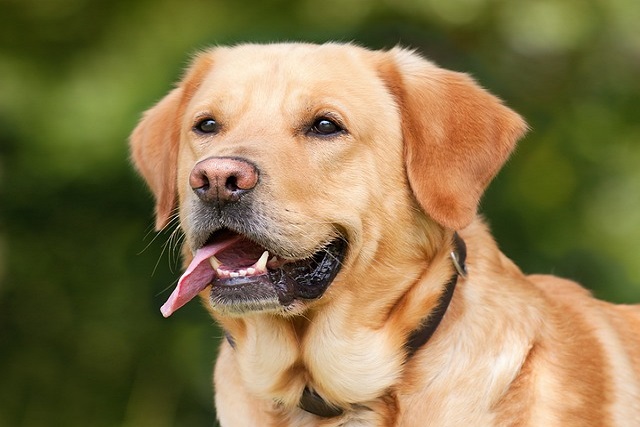
How do i train my dog to be obedient?
Watching your dog dart across the park ignoring your calls isn’t just frustrating—it can put them at risk near busy streets or public spaces.
Can dog tooth decay be reversed? Imagine this: You’re sitting on your living room floor in Portland, tossing a toy to your 4-year-old Boxer, when he suddenly yelps and drops it. Later, while he’s munching his kibble, you notice he’s favoring one side of his mouth. A quick peek reveals a dark, pitted spot on his back molar—decay. Panic sets in: Can this be fixed, or is extraction the only way? For new dog owners, this uncertainty is stressful, but the answer depends on how early you catch it.
Tooth decay in dogs starts when bacteria feed on food particles, producing acid that eats through enamel. In the earliest stage—when the enamel is just weakened but not yet full of holes—there’s hope. Enamel can remineralize if given the right tools: minerals like calcium and phosphate, which strengthen the tooth. A vet in Seattle shared a case: A Cocker Spaniel with early decay saw improvement after 3 months of a mineral-rich diet and daily brushing with enamel-supporting toothpaste. But once the decay eats through to the dentin (the soft layer under enamel), reversal isn’t possible—the damage is permanent. At that point, the vet will likely clean the area and seal it, or extract if it’s too deep.

So, what can you do at home? Start by switching to a vet-recommended dental diet, which has extra minerals to support enamel. Brush daily with dog-specific toothpaste containing fluoride or hydroxyapatite (gentle, unlike human versions). A friend in Denver trained her Shih Tzu by starting with 10-second sessions, rewarding with a tiny piece of cheese afterward—now he leans in for brushing. Add crunchy treats like freeze-dried chicken strips, which scrape plaque without damaging teeth. Avoid soft, sugary snacks—they stick to teeth, feeding bacteria.
Now, let’s tie this to U.S. dog ownership. Legally, keep vaccines current—rabies shots are required nationwide, and vets need proof before treating decay. When walking, always pack poop bags; cities like Chicago fine up to $300 for messes, and a dog in dental pain may have more accidents. Culturally, never scold if your dog resists brushing—yelling makes them fear it. Instead, say “good boy” when he stays still, turning it into a positive ritual. In apartments, brush over a towel to catch drips—no one wants minty slobber on the rug. For community walks, keep a short leash if he’s sore; avoiding rough play prevents further tooth damage.
Early action is key. That Seattle Cocker Spaniel? His decay stabilized, and he’s back to chomping toys. If you catch it late, extraction might be needed, but with care, your pup can thrive. Either way, staying vigilant keeps their smile—and spirits—bright.

Watching your dog dart across the park ignoring your calls isn’t just frustrating—it can put them at risk near busy streets or public spaces.

New puppy owners often find themselves rushing to clean up accidents before they set in, and that’s where puppy pad training becomes a game-changer.

If you've noticed your dog's waistline disappearing and your veterinarian has mentioned those few extra pounds, your first instinct might be to simply reduce the amount of food in their bowl.

Training a dog to use a designated spot indoors isn’t as daunting as many new owners fear, but it does take consistency and an understanding of your pet’s needs.

That moment of dread on a walk is all too familiar for many new dog owners. You see another dog approaching down the sidewalk of your neighborhood

If the sight of another dog on your neighborhood walk makes your heart sink as your own dog erupts into a frenzy of barking and lunging, you're not alone.